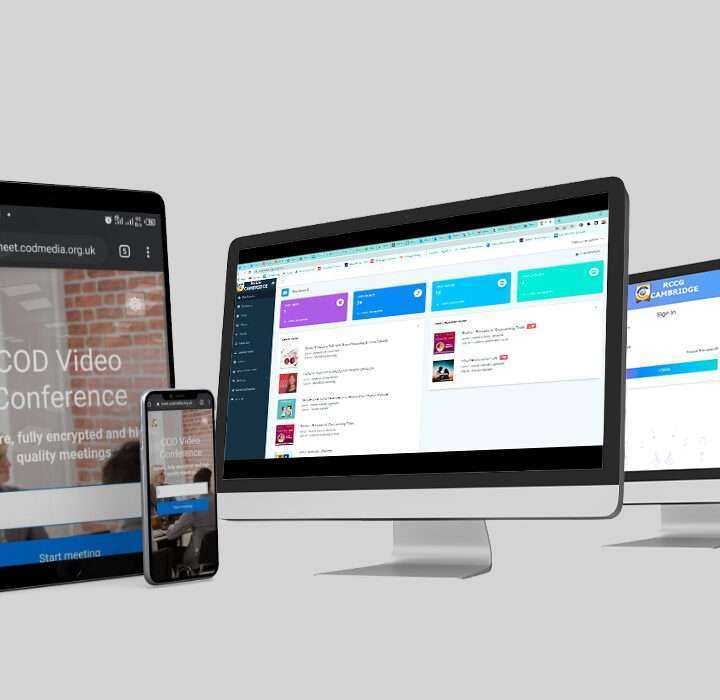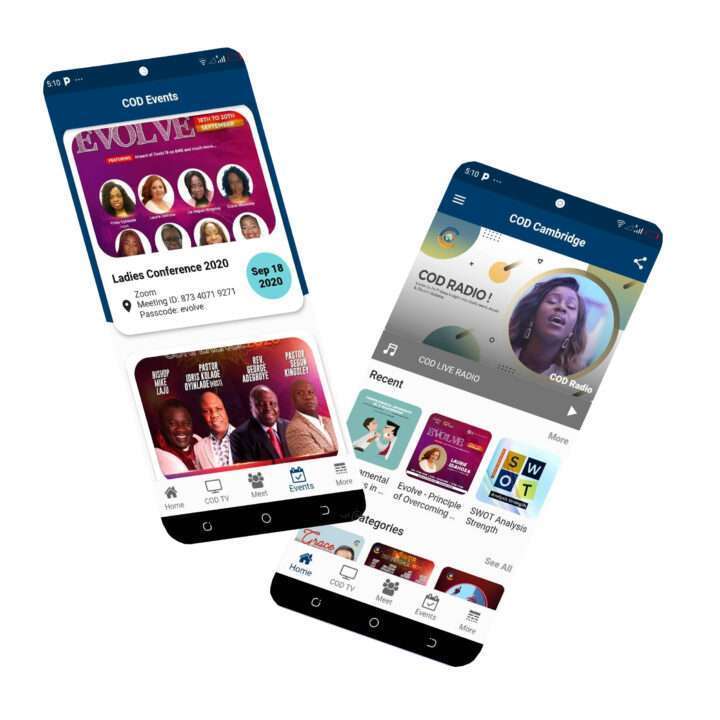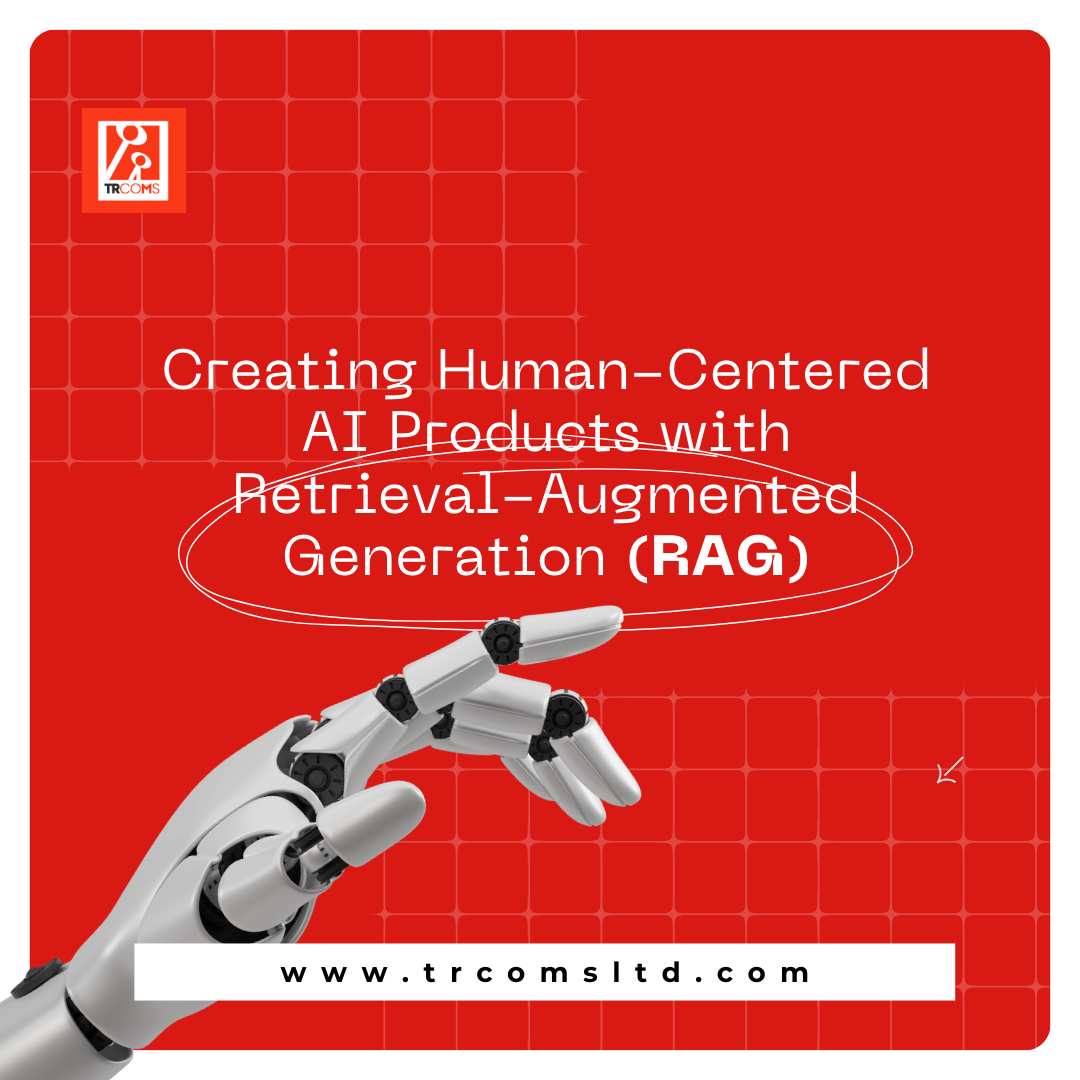Creating Human-Centered AI Products with Retrieval-Augmented Generation (RAG)
Artificial intelligence (AI) is becoming a bigger part of our daily lives, but to truly make a positive impact, it needs to be designed with people in mind. This is where Human-Centered AI comes in—it’s all about making AI systems that are intuitive, helpful, and trustworthy. One of the key technologies helping to achieve this is Retrieval-Augmented Generation (RAG). By combining the ability to fetch real-time data with AI’s ability to generate natural language, RAG is changing the way we create AI products, making them smarter and more reliable for human users.
What is Human-Centered AI?
Human-centered AI is all about creating technology that focuses on what users need. It’s designed to enhance the human experience, making interactions with AI easier, more intuitive, and more beneficial. Instead of building AI systems that try to replace people, the goal is to empower users by giving them the right tools and information when they need it.
RAG fits perfectly into this approach because it helps AI systems provide more accurate, personalized responses by pulling in real-time data. This means the AI isn’t just generating responses based on old information—it’s retrieving relevant, up-to-date data before responding, leading to a better, more helpful user experience.
How Does RAG Make AI More Human-Centered?
RAG brings several unique benefits that make AI systems more user-friendly and reliable:
- Personalized Responses: Using RAG, AI can pull in information specific to the user’s query or situation. This makes the interaction feel more personal and relevant, whether it’s a chatbot answering a question, or a virtual assistant helping you plan your day.
- Trust and Transparency: One of the key principles of human-centered AI is building trust. RAG helps achieve this by providing responses based on real, verifiable data. Instead of the AI just making something up, it’s pulling from reliable sources, which makes users feel more confident in the system’s answers.
- Reducing Information Overload: In fields like healthcare or law, there’s so much information out there that it can be overwhelming. RAG-powered AI can quickly sift through all that data and give users the most relevant, important bits. This makes it easier for people to make decisions without having to sort through tons of information on their own.
- Staying Current: Traditional AI models can fall behind because they rely on data that was available at the time of their training. RAG changes that by retrieving the latest information, ensuring the AI stays up-to-date and relevant. This is especially important in areas like news or medical advice, where things change fast.
Real-World Examples of RAG in Action
RAG can be used to create smarter, more helpful AI products across a variety of industries:
- Healthcare: Imagine an AI tool that helps doctors by retrieving the latest medical research and treatment guidelines in real time. RAG makes it possible for doctors to get up-to-date information instantly, leading to better care for patients.
- Customer Support: AI chatbots powered by RAG can offer more accurate, personalized help by pulling real-time information about products or services. This makes the interaction smoother and more useful for customers, reducing frustration and improving service.
- Education: In education, RAG-based AI can provide students with custom learning experiences by pulling up-to-date resources and explanations based on their individual needs. This makes learning more engaging and effective.
- Legal Services: For lawyers, AI systems using RAG can retrieve relevant legal cases or regulations in seconds, helping them quickly draft accurate legal documents or provide clients with well-informed advice.
- Personal Assistants: Virtual assistants can use RAG to pull real-time data—like traffic updates or news headlines—making their suggestions more relevant and timely, improving the user’s daily life.
How to Build Human-Centered AI with RAG
Here are a few tips for designing AI products that put people first using RAG:
- Know Your Users: Before you start building, take time to understand what your users need. What problems are they trying to solve? What kind of information are they looking for? This will help you design a system that meets their needs and provides real value.
- Use Reliable Data: The quality of the AI’s output is only as good as the data it pulls from. Make sure your RAG system is connected to accurate, trustworthy sources so that the information it provides is reliable.
- Be Transparent: People are more likely to trust an AI system if they understand where its answers come from. Make sure your system explains the sources of its information so users know they’re getting accurate, data-driven answers.
- Keep Improving: Building a great AI system is an ongoing process. Regularly gather feedback from users to see what’s working and what isn’t. Use this feedback to keep refining the system and making it better over time.
Conclusion
Retrieval Augmented Generation (RAG) is a powerful tool that can help create AI products that are more in tune with human needs. By combining real-time data retrieval with natural language generation, RAG ensures that AI responses are both accurate and personalized. Whether it’s helping doctors, supporting customers, or enhancing education, RAG can make AI smarter, more reliable, and more human-centered. As AI continues to play a bigger role in our lives, technologies like RAG will be key to making sure these systems are not only intelligent but also truly helpful to the people using them.










